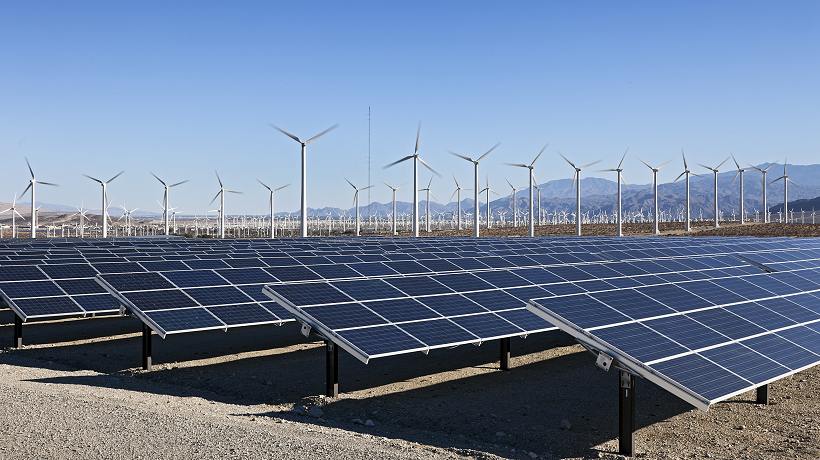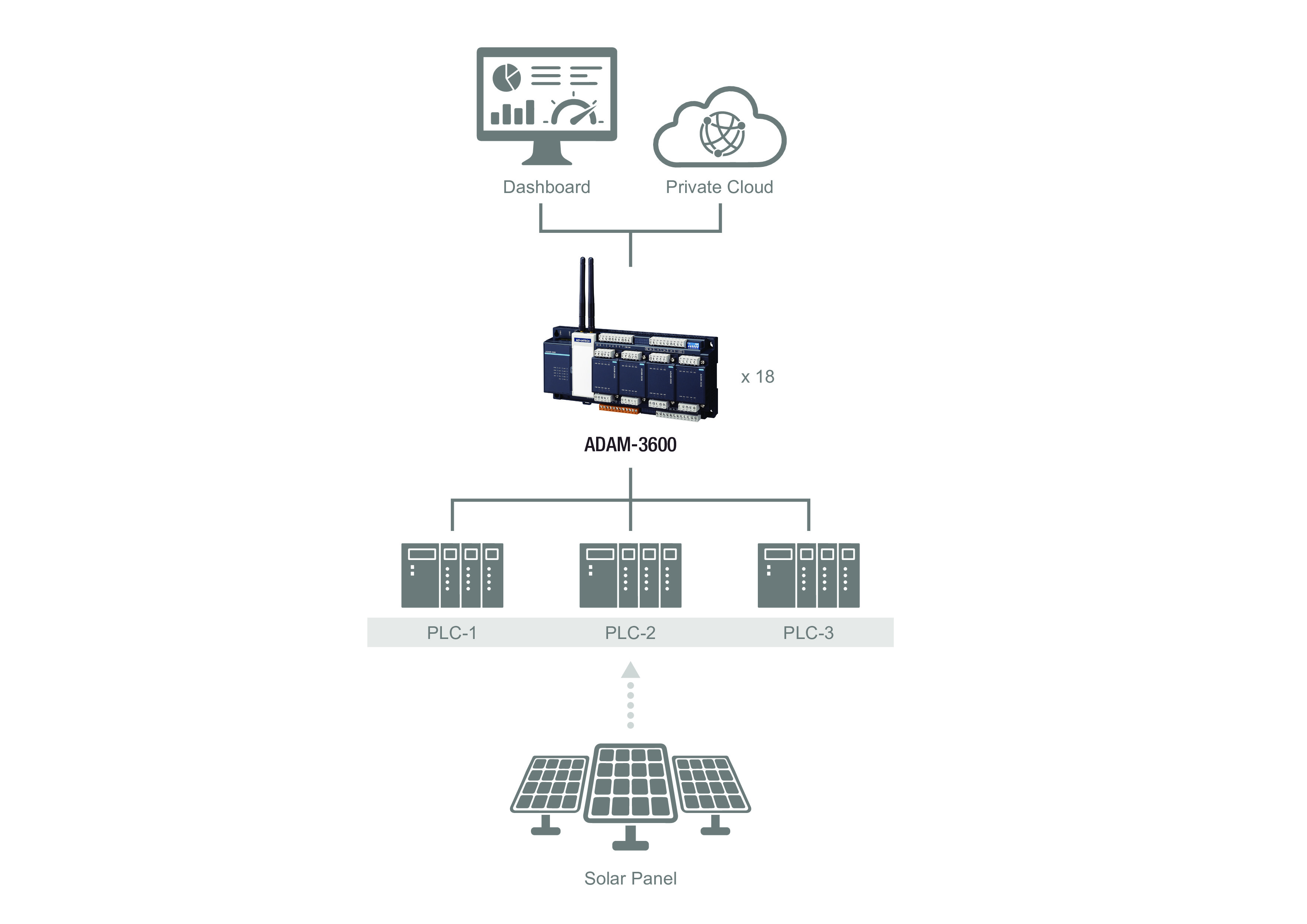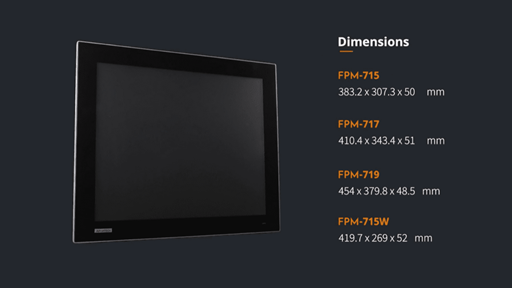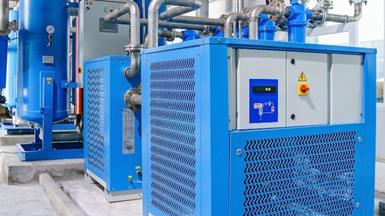Abstract
NWC partnered with a client that generates and sells electricity serving residential, commercial, and industrial customers, who needed a wireless gateway solution to communicate between the site and the monitoring center.
Partner: Network Corporation | Region: Japan


Introduction
In July 2018, the Japanese cabinet approved the Fifth Energy Basic Plan, which prioritized renewable energy, setting it on a course to become the primary power source in Japan. As a result, the government initiated various studies to re-introduce solar panels as a renewable energy source. Given the current amount of solar plants (10,654) in Japan and a production power output of 272.2 megawatts (MW), the Fifth Basic Energy Plan policy has revitalized the driving force behind the expansion of the industrial development of renewable energy.
Moreover, renewable energy continuously attracts worldwide attention as a "decarbonization ticket," which reduces carbon emissions and the dependence on "fossil fuels" such as oil and coal. As such, renewable energy, such as solar panels, is a key part of a combined clean energy strategy. Renewable energy sources such as solar power and wind power have weaker "bearing capacity" than other power generation methods due to their characteristics. Additionally, solar power can be challenging to control because the output fluctuates based on weather conditions. Therefore, if a large amount of electricity is supplied from the photovoltaic power generation sources to the grid when the power demand is low (supply and demand do not match), the voltage and frequency are disturbed, and the entire grid can become unstable. In some cases, it can lead to a large-scale power outage. This risk begs the need for developments to solve problems like monitoring and controlling the amount of electricity produced by solar panels.
System Requirements
For this project, NWC partnered with a client that generates and sells electricity serving residential, commercial, and industrial customers. The requirement to monitor the amount of electricity produced by 88,000 solar panels with a power generation capacity of 28 MW/h in a field size of 700 x 700 meters challenged the customer. The initial idea was a 13 kilometer wired optical network; over 1 billion yen cost defined the approach as expensive and impractical. Therefore, the client needed a wireless gateway solution to communicate between the site and the monitoring center.
The project focused on designing a solar power monitoring system to meet the following conditions:
- Cost-effectiveness
- Durability
- Wireless communication
- Flexible Data acquisition (IOs and PLCs)
System Description

The ADAM-3600 was selected to monitor the power generated from the solar panels as it met the client's criteria. The ADAM-3600 collects power generation data from the solar panels and sends the collected data to the cloud using LTE communication. Eighteen units of ADAM-3600 with three programmable logic controllers connect all the solar panels.
ADAM-3600 intelligent Remote Terminal Unit is durable and can withstand temperatures between -40°C to 70°C. Additionally, the monitoring system supports wireless communication such as LTE and WiFi. A stable, private, secure, and cost-effective wireless network enables accessible communication for data gathering and collection from solar panels. The remote management system also allows gathering data from numerous IOs and PLCs, helpful in integrating the system. The real-time monitoring gives live information which alerts the team in case of any abnormalities.
Project Implementation
- 88,000 Solar Panels
- Three PLC units
- 18 units of ADAM 3600
- Dashboard
- Private cloud
Conclusion
Japan plans to focus on expanding solar power to reduce its reliance on nuclear power and mitigate the cost of importing fossil fuels. Although renewable energy is quickly becoming an essential energy source, the nature of solar power generation deems it necessary to incorporate a durable monitoring system that can withstand varying weather conditions. It is also essential to proceed with advanced technological developments to solve a stable power supply problem.
With the implementation of the solar power generation monitoring system, the monitoring process was more effective at a lower operational cost. Additionally, the application provided real-time updates directly from the site on the power generated, totaling up a considerable cost saving of 1 billion yen compared to installing a wired optical network.
The solution provided proved durable, adaptable, flexible, and is now being used to make proposals for various IoT and remote management projects, such as the remote management of waterworks facilities.




-25/ADAM3600_820X460_PIS_052620200526093843.jpg)
